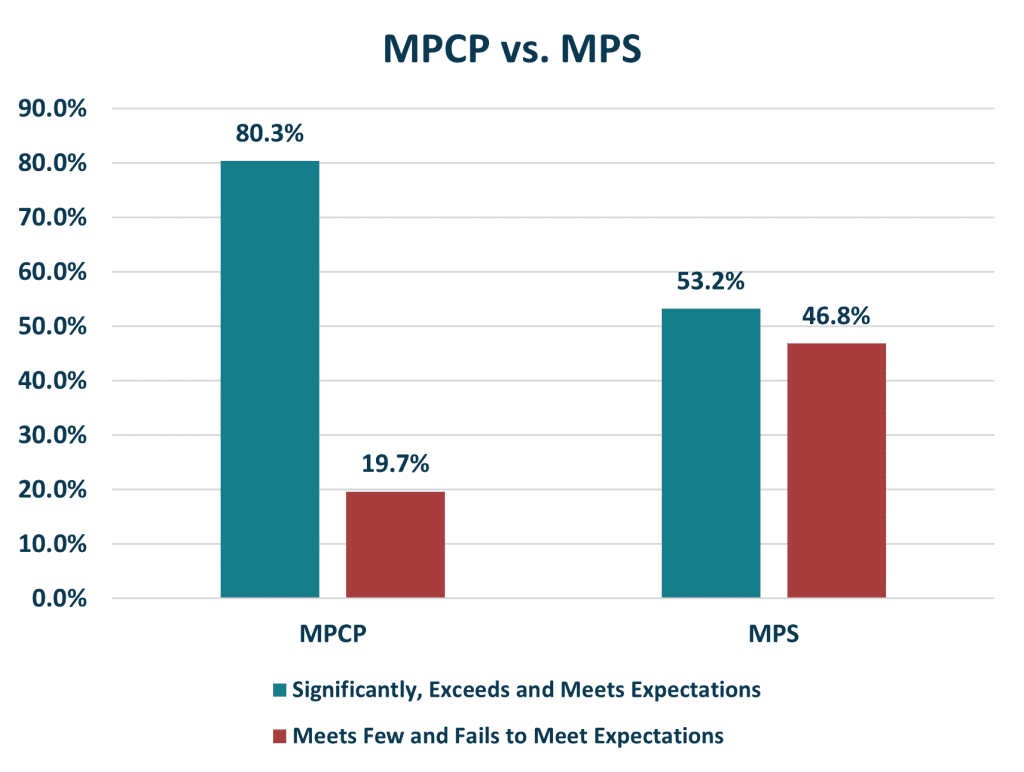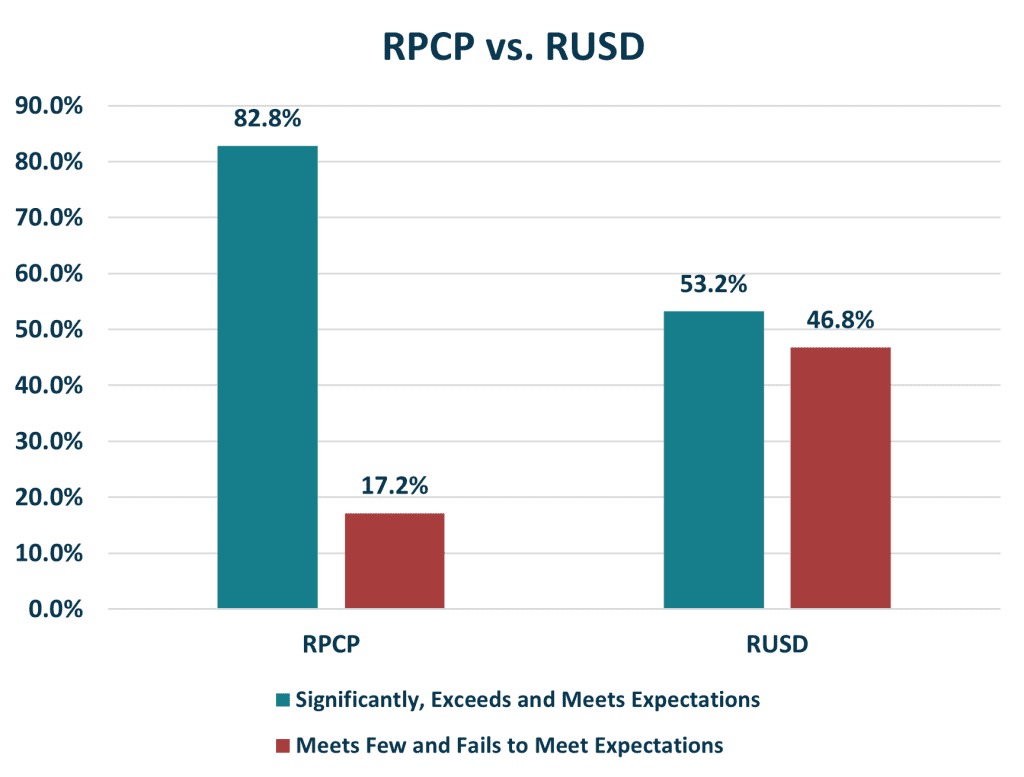DPI Report Cards: Choice Students More Likely to Attend Highest Achieving Schools
| Share this post: |
WEST ALLIS — According to state report cards released today by the Department of Public Instruction, students across Wisconsin’s three largest parental choice programs are more likely than their public school peers to attend a school that exceeds state-established expectations.
The Department of Public Instruction found that more than 80 percent of students in the Milwaukee Parental Choice Program attend schools that meet, exceed or significantly exceed expectations compared to 53 percent of students in Milwaukee Public Schools. Forty-two percent of students in the MPCP attend schools that significantly exceed or exceed expectations, compared to 21 percent of MPS students.
In Racine, 83 percent of students in the Racine Parental Choice Program attend schools that meet, exceed or significantly exceed expectations, compared to 53 percent of students in the Racine Unified School District. Notably, 11 percent of RPCP students attend schools that significantly exceed expectations. No RUSD schools met that criteria.
Statewide, 49.9 percent of students in the Wisconsin Parental Choice Program attend a school that exceeds or significantly exceeds expectations, slightly more than the 48.7 percent of students attending public schools (excluding Milwaukee and Racine) that meet those thresholds.
“This confirms what we already know — that choice works for Wisconsin families and provides students from low-to-moderate income families a chance to attend great schools and thrive personally and academically,” SCW President Nic Kelly said. To participate in The Milwaukee or Racine parental choice programs, families must have an income of no more than 300 percent of the federal poverty level. For the statewide WPCP, family income cannot exceed 220 percent of the federal poverty level.
The report cards measure data across areas of achievement, growth, target group outcomes and the portion of students on track to graduate. All schools receiving public funding are held to the same standards, allowing for uniform comparison.
 |
 |
###
| Share this post: |
 Skip to content
Skip to content